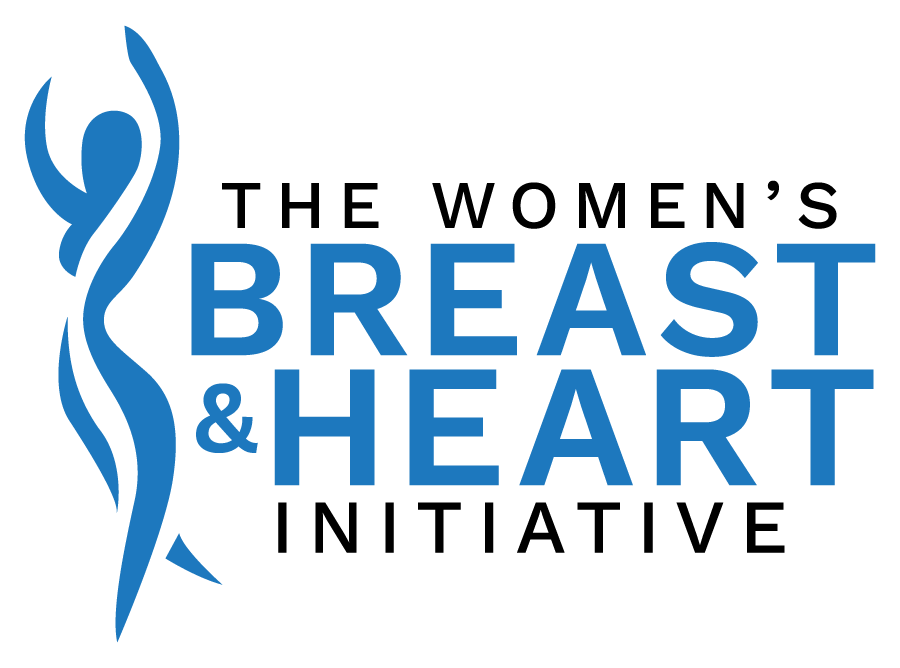Early detection is pivotal in ensuring effective treatment and optimal health outcomes, especially in the face of the two most common and deadly diseases in women: breast cancer and heart conditions. Recognizing a disease in its infancy amplifies the arsenal of treatment options and exponentially increases the likelihood of success.
Why Early Detection is Crucial
Early detection can be the difference between a manageable illness and a life-threatening condition. Recognizing diseases early often:
- Offers more treatment options: Early-stage diseases often have a broader range of treatment options, leading to better outcomes.
- Reduces treatment complexity: Advanced diseases often require aggressive treatments, which can be more physically and emotionally taxing.
- Decreases mortality rate: Early detection has been linked to reduced death rates for many conditions.
Breast Cancer: The Silent Adversary
Breast cancer, a leading cause of cancer-related deaths in women, can often present with minimal or no symptoms in its early stages, making routine screenings, like mammograms, indispensable.
According to the American Cancer Society, detecting breast cancer early before it spreads increases the five-year survival rate to 99%. However, only 65% of breast cancers are detected at this early stage.
It’s critical for women to perform monthly breast self-exams to feel for any unusual lumps or changes. Women 40-45 should start getting annual mammograms to screen for tumors. Those with high risk may need to begin annual screening sooner in consultation with their doctor.
Early detection via self-exams or mammograms makes treatments like surgery, radiation therapy, and chemotherapy more effective.
Heart Disease: Know the Warning Signs and Risk Factors
Heart disease is the leading cause of death in women, causing one in three deaths each year. Lifestyle changes and early detection could prevent many of these deaths.
Warning signs for heart disease include:
- Chest pain, tightness, or discomfort
- Shortness of breath
- Pain in the neck, jaw, shoulders, or back
Major risk factors include high blood pressure, high cholesterol, smoking, obesity, diabetes, poor diet, physical inactivity, and family history.
Women concerned about their risk should get screened for high blood pressure and cholesterol. They should also get yearly checkups, including a discussion of family history, diet, exercise, and any symptoms.
Early detection of heart disease early provides the opportunity to make diet and lifestyle changes to reduce risk. It also allows for early treatment like medications or surgery.
Help Us Reduce Risks and Save Lives
The Women’s Breast & Heart Initiative extends beyond academia. We are deeply committed to community outreach and education, striving to arm everyone with vital information and tools to combat breast cancer and heart diseases. The possibilities to effect change are endless! Lend a hand as a volunteer, engage in our myriad events, or be part of our extensive list of benevolent supporters. You can even show your allegiance more tangibly with our bespoke Florida license plate!




